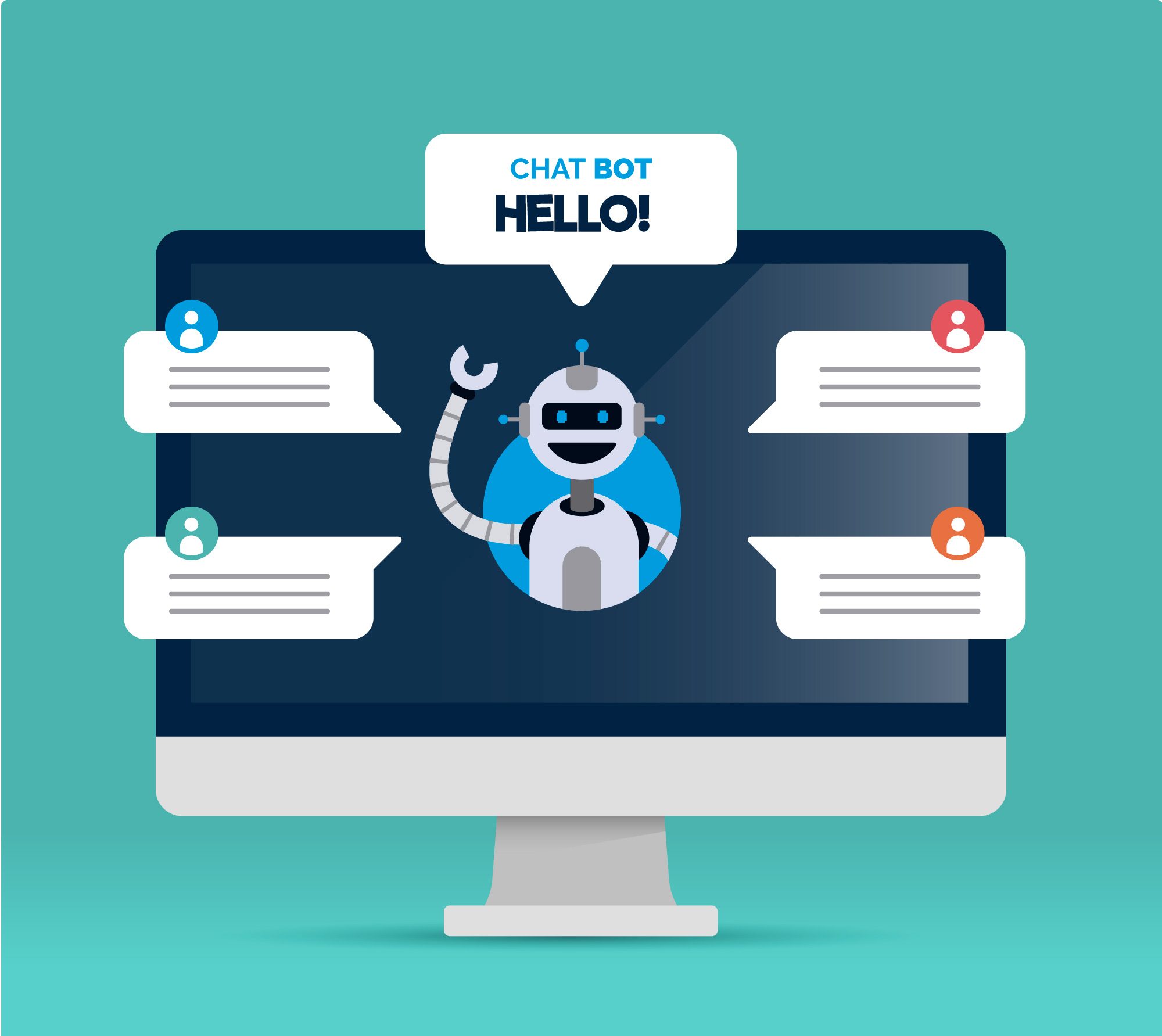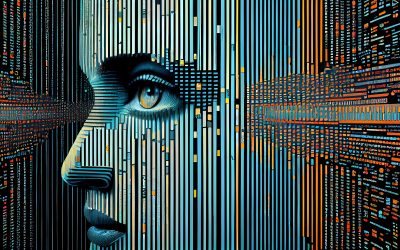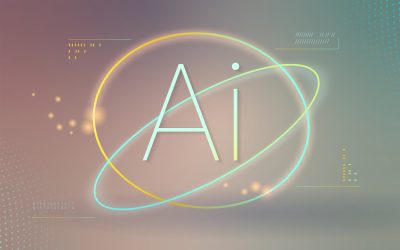Creating a chatbot with ChatGPT combines AI, natural language processing, and user experience design. It’s a journey that delves into these realms. In this guide, I’ll walk you through the step-by-step process. It’s about how to create a chatbot with ChatGPT, making it accessible even for those new to AI. The aim is to help you harness the capabilities of ChatGPT. It’s about developing a chatbot that understands and responds to user queries, delivering an engaging and informative conversational experience.
Understanding ChatGPT
Before diving into the creation process, it’s crucial to understand what ChatGPT is. ChatGPT, a variant of the GPT (Generative Pre-trained Transformer) language models developed by OpenAI, generates human-like text based on its input. Trained on diverse internet text, ChatGPT can understand context, answer questions, and engage in remarkably human-like conversations.
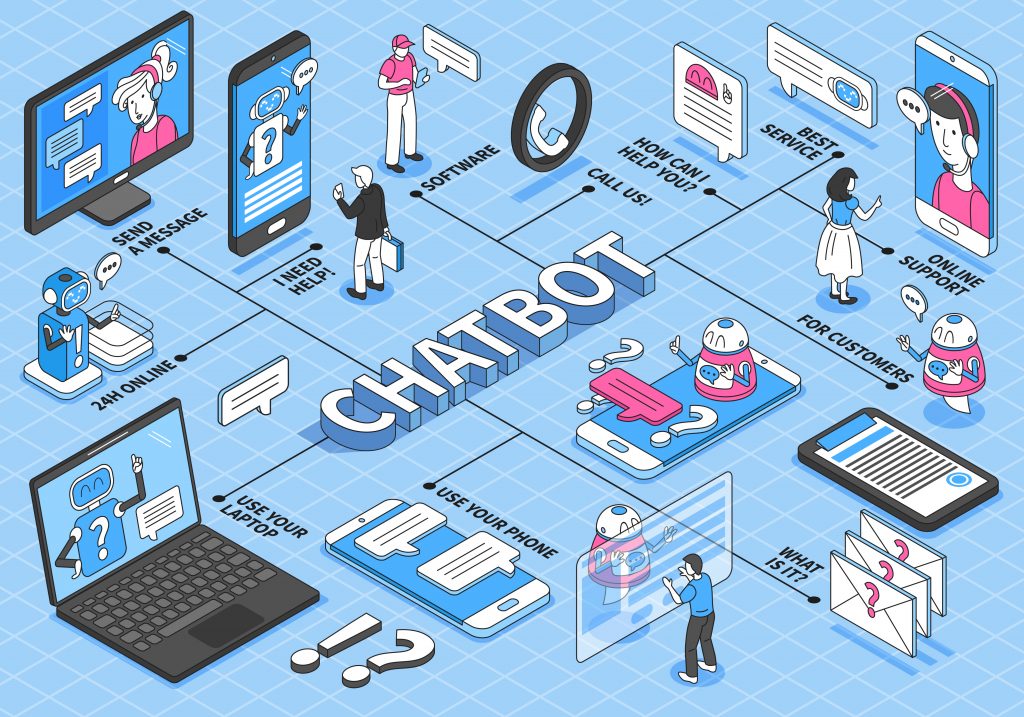
Step 1: Define Your Chatbot’s Purpose
To create a chatbot using ChatGPT, it is recommended to define its purpose clearly. Determining goals is crucial, such as assisting with customer service inquiries, offering recommendations, or providing language learning support. A well-defined objective streamlines development and enables customization of the chatbot’s responses to better meet user needs. This approach is beneficial as it enables the chatbot to effectively fulfill its intended role and deliver value to users. What do you want your chatbot to achieve? Having a clear objective guides the development process of a chatbot with ChatGPT. Whether it’s customer service queries, recommendations, or language teaching, this clarity helps tailor responses to users’ needs.
Step 2: Choose Your Development Environment
Developing a chatbot using ChatGPT requires selecting a suitable development environment. There are various platforms and tools available, such as Microsoft Azure, Google Cloud, AWS, Dialogflow, and Botpress, that integrate with ChatGPT. The decision should be based on factors such as technical proficiency, budget, and project needs. Whether opting for cloud-based services or specialized chatbot development platforms, aligning with resources and objectives ensures a smooth development process tailored to requirements.
Step 3: Access ChatGPT API
To integrate ChatGPT into your chatbot, it is necessary to access the ChatGPT API from OpenAI. This process involves registering an account on the OpenAI platform, obtaining an API key, and familiarizing yourself with the API documentation. By using the API, you can send user inputs to ChatGPT and receive generated responses, which will enhance your chatbot’s dialogues. It is important to become familiar with the API’s functionality to ensure smooth integration and effective utilization within your chatbot application.
Step 4: Design the Conversation Flow
Designing the conversation flow is a critical aspect of chatbot development. This involves defining user interactions, and responses to queries, and guiding users through conversations. It also includes outlining the bot’s capabilities, addressing unknown inquiries, and structuring dialogue paths. The use of tools such as flowcharts or specialized conversation design software can aid in visualizing and strategizing the chatbot’s conversational structure, ensuring a cohesive and user-friendly experience.
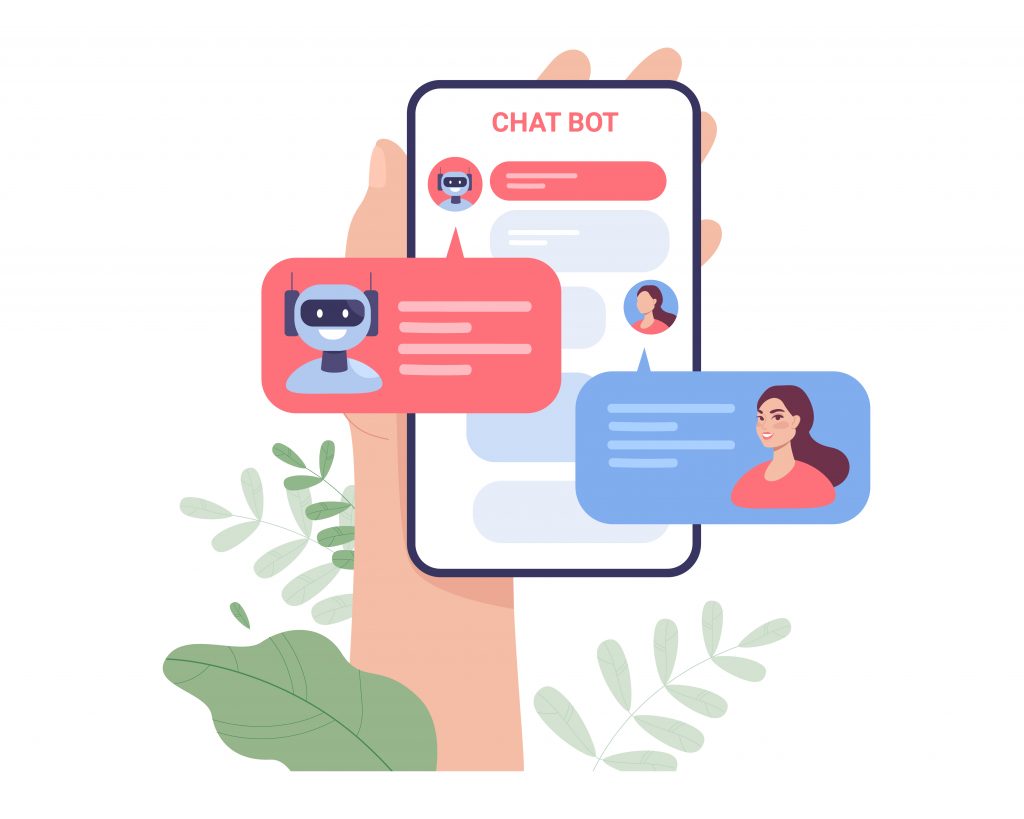
Step 5: Integrate ChatGPT with Your Chatbot
Once you have structured your conversation flow, the next step is to integrate ChatGPT into your chatbot. This will require configuring your chatbot to communicate with the ChatGPT API, handling user input, and processing generated responses. Some development environments may offer libraries or SDKs to simplify this process, which can help developers focus on creating an intuitive dialogue. With the use of these tools, ChatGPT can be seamlessly integrated into your chatbot, enhancing its conversational capabilities.
Step 6: Test and Refine
Thorough testing of the chatbot is crucial once ChatGPT is integrated. This includes evaluating its comprehension of user queries, validating response relevance and accuracy, and ensuring a smooth conversation flow. The chatbot can be refined and fine-tuned by incorporating user feedback and testing outcomes to enhance its effectiveness and user experience. Iterative testing and refinement are key to optimizing the chatbot’s performance and ensuring its seamless operation.
Step 7: Deploy and Monitor
Once the chatbot meets the desired standards, it can be deployed to the selected platform or website. It is recommended to continuously monitor the chatbot post-deployment to identify any issues, collect user feedback, and make ongoing enhancements. Regular updates and response refinements based on real user interactions ensure sustained effectiveness and relevance. This iterative process of monitoring and improvement ensures that the chatbot remains responsive and valuable to users over time.
Conclusion
This guide on how to create a chatbot with ChatGPT, offers a powerful way to engage with your audience, providing them with instant, relevant, and conversational support. By following these steps and leveraging ChatGPT’s advanced language understanding capabilities, you can develop a chatbot that enhances your service offerings, improves user experience, and drives engagement. Remember, the key to a successful chatbot lies in clear objectives, thoughtful design, and ongoing optimization based on user interactions.
Choosing the right partner to bring your chatbot vision to life is crucial. At Altcode, we specialize in creating bespoke chatbot solutions tailored to your specific needs. Our expertise in integrating ChatGPT ensures that your chatbot is not only conversational but also smart, and capable of understanding and responding to your audience in meaningful ways. Allow us to help you unlock the full potential of chatbot technology, enhancing your customer interaction and engagement. For any further questions or to start your chatbot project, contact us at Altcode. We’re here to bring your ideas to life and transform the way you engage with your audience.

